#saic
SAIC's October Rise Indicates Strong Volkswagen China Sales. Ford Up 48%
China’s SAIC told Reuters today that its October auto sales rose 20.7 percent year-on-year to 414,471 units. This indicates a very strong jump in Volkswagen sales.
Companies! Cheap! For You, Special Price: GM's Hong Kong Dealings
Hong Kong, and I speak from experience, is a great place to incorporate, to save taxes, and to throw a cloak of secrecy over financial operations which otherwise would be out in the open. In the case of GM, it is also a great place to save their Korean behinds. In December 2009, GM sold a 1% stake in its Shanghai-GM (SGM) joint venture to the Hong Kong part of its Chinese partner SAIC for the paltry sum of $85m. GM also put its India business into a Hong Kong based joint venture (HKJV). GM provided the India business, SAIC provided cash. As it turned out later, unearthed in Ed Niedermeyer’s seminal oeuvre about the mystery golden share, SAIC also underwrote a $400 million loan. In its darkest hour at the end of 2009, GM was kept afloat by the Chinese. Now, history seems to repeat itself in some convoluted way.
GM Buys Indian JV Stake From SAIC, Estimated Cost Pegged at $125 Million
“It’s too early to say for sure whether GM will purchase the controlling stake in HKJV, and thereby regain full control of its India business. It is unlikely that SAIC will relinquish its grip on India, just because it suddenly can’t service the capital requirements of the HKJV. Possibly, more information will become available when GM files its Q3 paperwork, or possibly later.”
As it turns out, they did.
GM Brings Chinese Cars To India
When you want to make and sell cars in India, you don’t need a joint venture partner. Except when you are GM. In the dark days of December 2009, GM cut a deal with Chinese partner SAIC, gave them half of its India business and a golden share in China for much needed cash. SAIC underwrote a $400 million loan when GM was out of money. Now, India is flooded with Chinese cars bearing the Chevrolet badge.
Chinese Interests Kill Opel-Peugeot Deal, Endanger Opel's Already Shaky Future
GM is backing out of plans to share the Opel Insignia platform with its partner PSA, says Der Spiegel. It was planned that PSA will build a mid-sized Peugeot and Citroen with next gen Insignia underpinnings. The cars would have been made at Opel’s Rüsselsheim factory. Together with the Opel model, the cars would have filled the available capacity. Scratch that plan. It wasn’t killed because it was a bad idea. It was killed because Buick and especially GM China complained, says the magazine.
What Happens When The Chinese Buy An Iconic British Brand
Lotus may not have been sold to the Chinese (yet) but someone else was. And they’ve been making cars for over a year. Supposedly, they’re not bad to drive either.
Get A Slice, Give Half The Cake: GM Gets It's Golden Share Back, Cedes Control Of Chinese Sales
GM and its Chinese partner SAIC finally have worked out a deal that would get GM its coveted golden share back. In its darkest hour, GM had sold one percent of its 50:50 joint venture to SAIC, for the chump change of $85 million. Later, it became known why the number was so low: SAIC co-signed a note of $400 million. GM needed the cash to save its Korean arm. GM itself was facing bankruptcy, which happened only little later. Now, the share is coming back. For a hefty price.
GM Shows First Fruits Of Indian JV With China's SAIC
In GM’s darkest hour, in December 2009, GM and SAIC cut a strange deal: GM ceded control of the 50:50 China joint venture by selling 1 percent to SAIC. GM also transferred half of GM’s India operations to the Chinese company. GM received a $400 million line of credit. SAIC received access to the Indian market, which it had coveted, but the Indians had sworn to keep the Chinese out. Now they rode in on GM’s coattails.
At the New Delhi auto expo, GM India yesterday “unveiled the first two products from its joint venture with SAIC,” while our friends of Motorbeam.com were in attendance to snap pictures.
Chinese Trade: GM Gives 51 Percent, Receives One Percent
There may be a deal in the works to return GM’s golden share in the increasingly important joint venture with China’s SAIC. It will be a skewed trade: The joint venture will go back to 50-50. In return, a sales company will be set up, which is majority controlled by SAIC in a 51-49 joint venture. SAIC will be controlling the most important aspect of the car business: The selling of cars.
In 2009, GM sold one percent of the 50-50 partnership.to SAIC for a token sum of $85 million. Officially, this was to allow SAIC to reflect the JV’s earnings on its books. New Chinese accounting rules say that the earnings can only be reflected if there is substantial control of the company. People had scratched their heads back then – if this share is so important, then why was the price so low? In a 10-K filing, GM explained later:
Manufacturers Rush To Enter China's EV Market. What EV Market?
Manufacturers are racing to enter the largely non-existent market of electric cars in China. After Nissan, Daimler, GM, and possibly Ford, Volkswagen has been caught doing it with SAIC. Reuters found that an electric car called Tantus, “which will be produced by Shanghai Volkswagen, is already on a list of approved new vehicles, according to China’s Ministry of Industry and Information Technology.”
This is not Volkswagen’s first Chinese EV-to-be. And it’s not surprising.
GM's Future Is Made In China
Conventional wisdom and Senator Stabenow have it that the wily Chinese are after precious Americans secrets of how to make new energy cars. Never mind that Ford and GM loudly deny that they have any current plans to build or sell electric vehicles in China. That appears at least half true in the case of GM. GM doesn’t have plans. Its plans are made in China. GM completely outsourced the development of electric vehicles – along with other future technologies – to China.
Opel Labor Boss: Set Us Up With SAIC
Reuters reports:
Opel, part of GM Europe, has long sought to free itself of the constraints imposed by GM, which aims to keep it as a regional brand.
“One proposal would be to give Opel shares to SAIC,” [Opel union boss] Klaus Franz told Reuters, adding this move would allow GM to receive in return t he 1 percent in the SAIC joint venture it is missing for a 50 percent stake.
“GM has never accepted that it owns 49 percent in the joint venture with SAIC and that the Chinese partners have 51 percent,” Franz said.
The joint venture builds Chevy, Buick and Cadillac vehicles in China.
“It would be a win-win situation for all and it would be a good way for us to enter the Chinese market,” Franz said.
Franz has long been a provocateur, but this one probably takes the cake. After all, SAIC and Opel together would almost be a better GM than GM… product development and booming China/India sales with none of the North American legacy costs. Don’t count on this happening, but it is an interesting sign of Opel’s renewed desire for independence from Mother GM.
SAIC Ready To Return Golden Share To GM, If ....
For a while, GM has been trying to get back the crucial 1 percent share in the GM/SAIC China joint venture. That share had been sold when things were dire. Books were written about it, and Ed provided an executive summary. Now, China Daily heard from SAIC. “Mei wen ti!” (No problem.) SAIC is ready to hand back the share —- if GM finds a way that allows Shanghai GM’s revenue to be included in SAIC’s books. Uh-oh!
GM China Copies Old Detroit Tactic: Sacrifice Profits For Volume
GM China always had a comfortable lead over Volkswagen in China – at least on paper. More than half of GM China’s volume comes from small delivery vans, made by a three-way joint venture with SAIC and Wuling, in which GM held 34 percent. This share had been recently raised to 44 percent. The joint venture agreement allows GM to claim 100 percent of the small cars as theirs. “Whatever turns them on” (or Chinese word to that effect) say the other JV partners who happily count the cars again in their annual reports. There is one big problem with that. The “breadvan segment” (so called because the cars looks like loafs on wheels) has been shrinking and is ruining GM’s otherwise good Chinese numbers. Now, GM can’t take it anymore, and is using a familiar tactic: “GM is sacrificing profit margins to maintain market share in China, cutting prices of low-cost minivans by as much as 15 percent to offset slowing sales in the world’s largest vehicle market,” Bloomberg reports.
Secret Recipe Revealed: How FAW Gets A Tiguan Without SAIC Losing Face
SUVs are hot in China, and VW’s SUVlet, the Tiguan has turned into a hot seller. In the last few months, it steadily worked itself up the SUV charts and was in the second position in July, behind the Honda CR-V, and before the Nissan Qashqai. In China, the Tiguan is made by Volkswagen’s southern joint venture with Shanghai Volkswagen. What to do when Volkswagen’s Northern joint venture with FAW develops offroadish desires?
China Car Times heard around the hot water dispenser (they like to drink hot water in China, yuck, I know) that First Automobile Works has signaled its wishes that Volkswagen should go off-road with them. Volkswagen can hardly give them the Tiguan as well. That would be taking socialism too far. So what’s Volkswagen to do?



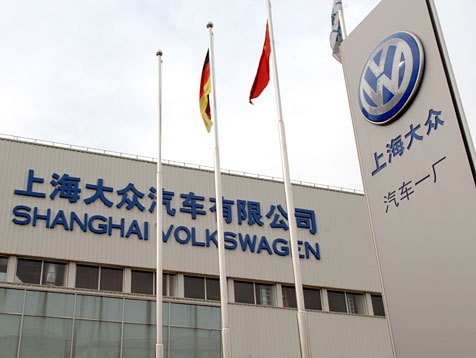







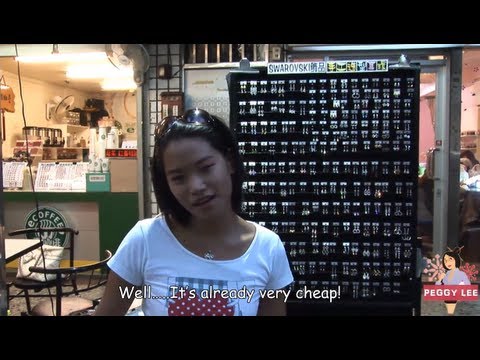
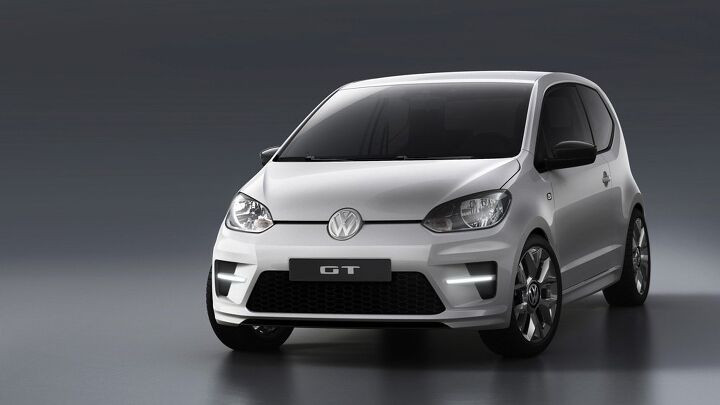
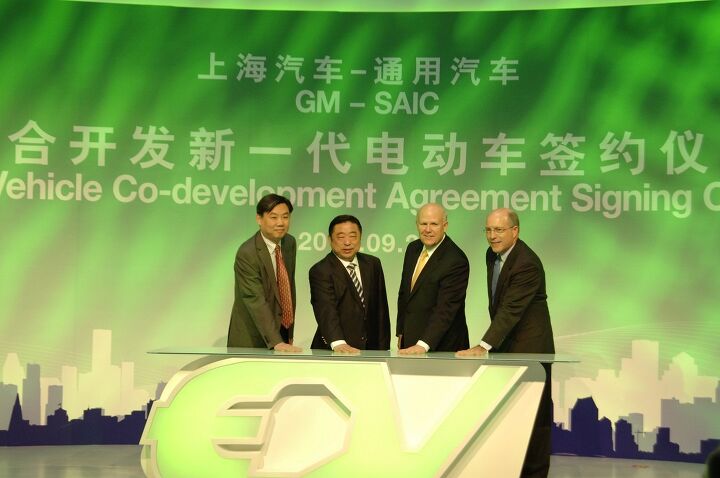
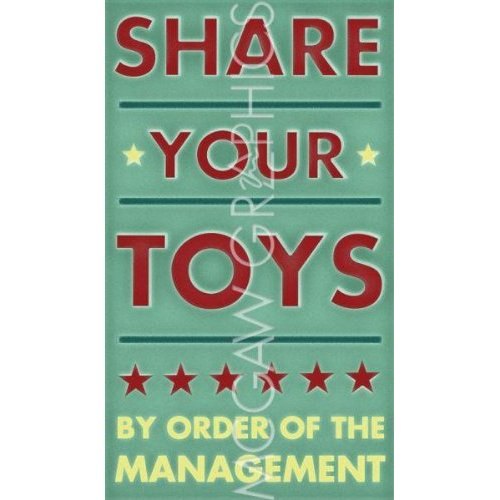













Recent Comments